Abolitionist, suffragette and Union spy Harriet Tubman led a fascinating and inspiring life. While you may recognize her name, you may be surprised to learn some of the details about the life of this iconic American hero.
Discover more about Harriet Tubman—abolitionist, suffragette and Union spy.
Abolitionist, suffragette and Union spy Harriet Tubman led a fascinating and inspiring life. While you may recognize her name, you may be surprised to learn some of the details about the life of this iconic American hero.
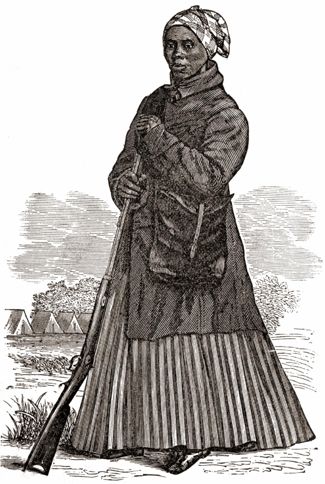
Abolitionist, Union spy and suffragette Harriet Tubman was born Araminta Ross in Dorchester, Maryland, around 1822 (her exact date of birth is not known). She was one of nine children born to enslaved parents Harriet “Rit” Green and Ben Ross.
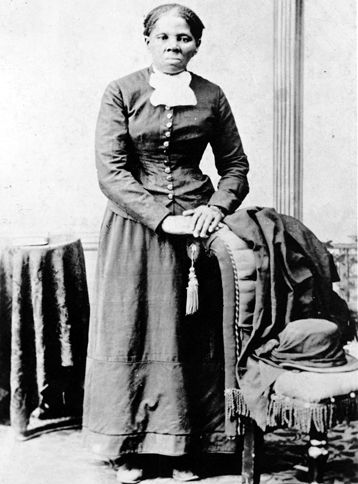
As a child, Tubman was beaten and whipped by her masters, even suffering a traumatic head injury that caused her to experience seizures and headaches for the rest of her life.

Around 1840, Tubman’s father was freed in the will of his enslaver. Tubman later learned that her mother, too, was supposed to be freed at the age of 45 and that any children she gave birth after that point would be free, but Tubman had little legal recourse to follow up on this discovery. Around 1844, Tubman changed her name to Harriet and married a free black man named John Tubman.
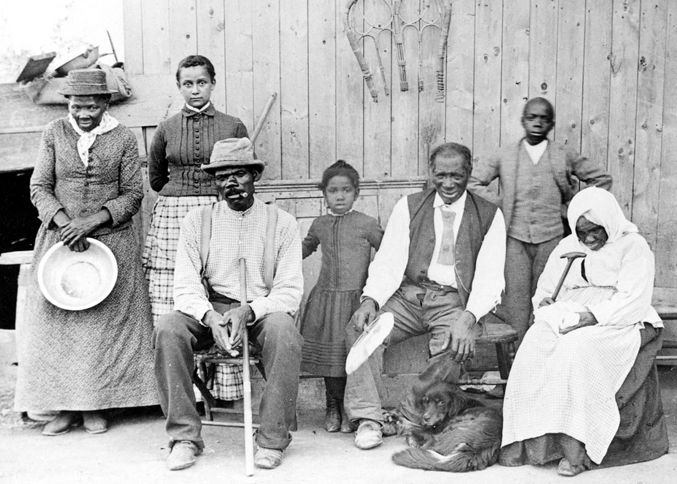
In 1849, Tubman was suffering with poor health. When her enslaver, Edward Brodess, died, she feared her relatives would be sold off. “There was one of two things I had a right to,” Tubman later explained. “Liberty or death; if I could not have one, I would have the other.” She managed to escape with the assistance of the Underground Railroad, traveling by foot under the cover of darkness until she reached Pennsylvania. “When I found I had crossed that [state] line, I looked at my hands to see if I was the same person,” said Tubman, a devout Christian. “There was such a glory over everything; the sun came like gold through the trees, and over the fields, and I felt like I was in Heaven.” After escaping, she completed 19 trips to the South, rescuing more than 300 people over 10 years.
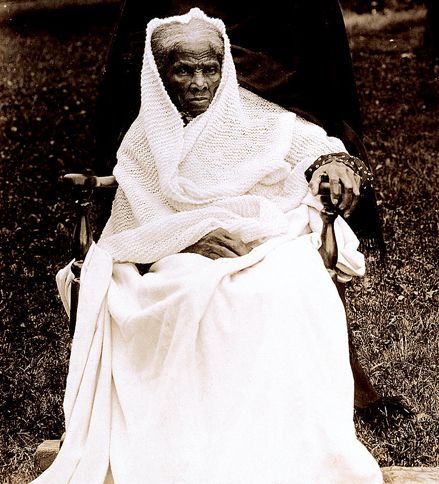
When the Civil War broke out, Tubman worked for the Union Army, first as a nurse and a cook and eventually as a scout and a spy. In 1863, she led the raid at Combahee Ferry, which saw the liberation of more than 700 slaves. At war’s end, she retired to a farm she had purchased in upstate New York to care for her aging parents, but she remained active in social causes. She was active in the women’s suffrage movement until her health intervened. She died in 1913.
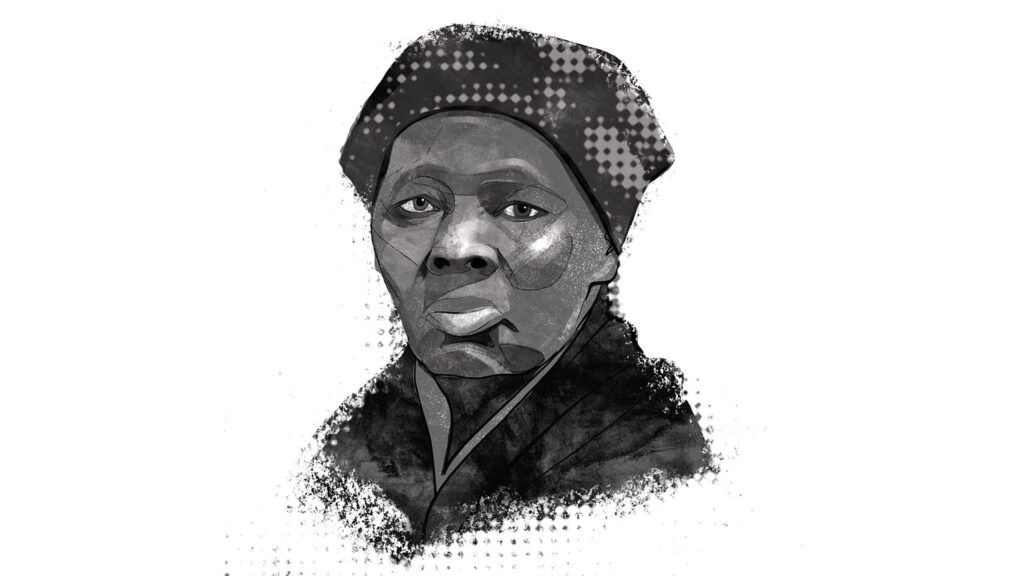
Harriet Tubman (c.1822–1913) was an African-American abolitionist and activist. Before she escaped from slavery, she suffered a head injury at the hands of an overseer. After that, Harriet began having daytime visions and vivid dreams, which she believed were from God. She grew in faith—a faith that would guide her for the rest of her life. Fellow abolitionist Thomas Garrett once said of her, “I never met with any person, of any color, who had more confidence in the voice of God, as spoken direct to her soul.” Harriet used spirituals as coded messages to warn fellow travelers on the Underground Railroad of danger or to signal a clear path. She believed God directed her every step in helping liberate others from slavery. She would lead nearly 70 people to freedom. –Roma Maitlall, Editorial Assistant

How much do you know about the legend behind the holiday?

How much do you know about St. Valentine, the man who inspired Valentine’s Day? Discover a few surprising facts about this saint.

Celebrate the invaluable contributions of Black Americans with these inspirational quotes from Harriet Tubman, Muhammad Ali, Maya Angelou and more.